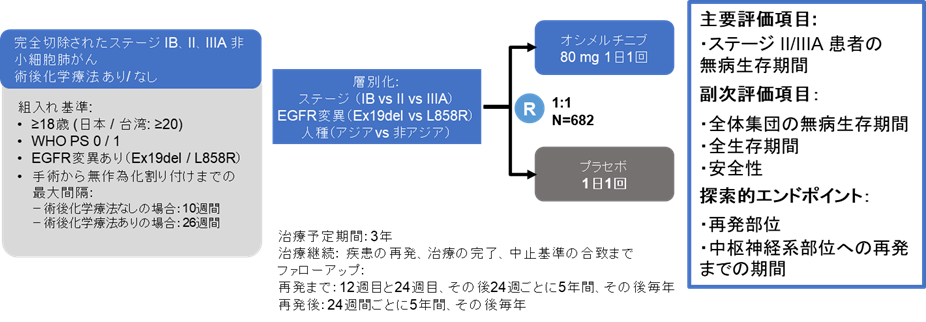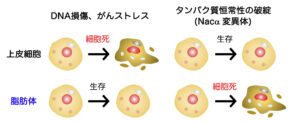2023-09-04 ニューサウスウェールズ大学(UNSW)
◆オーストラリアの研究者は、機械学習(ML)モデルを使用して、自殺と自傷行為のリスクを予測するためのモデルを開発し、従来のアプローチよりも正確であることを示しました。
◆MLモデルは広範な患者データを処理し、潜在的なリスク要因を特定し、自殺や自傷行為の試みなどの精神的健康問題を予測できます。また、若者の自殺と自傷行為の予測において、環境要因が重要であることも示されました。MLモデルは今後、臨床医療の一部として統合される可能性がありますが、その前にさらなる研究と検証が必要です。
<関連情報>
- https://newsroom.unsw.edu.au/news/health/researchers-design-machine-learning-models-better-predict-adolescent-suicide-and-self
- https://www.sciencedirect.com/science/article/pii/S0165178123003967?via%3Dihub
機械学習に基づく青少年の自傷行為と自殺未遂の予測 Machine learning-based prediction for self-harm and suicide attempts in adolescents
Raymond Su, James Rufus John , Ping-I Lin
Psychiatry Research Available online: 29 August 2023
DOI:https://doi.org/10.1016/j.psychres.2023.115446

Highlights
•Machine learning selects suicide/self-harm predictors from vast variables.
•Machine learning can improve prediction accuracy for suicide/self-harm risk.
•Predictors such as parental support indicate novel points of prevention and intervention.
Abstract
This study aimed to use machine learning (ML) models to predict the risk of self-harm and suicide attempts in adolescents. We conducted secondary analysis of cross-sectional data from the Longitudinal Study of Australian Children dataset. Several key variables at the age of 14-15 years were used to predict self-harm or suicide attempt at 16-17 years. Random forest classification models were used to select the optimal subset of predictors and subsequently make predictions. Among 2,809 participants, 296 (10.54%) reported an act of self-harm and 145 (5.16%) reported attempting suicide at least once in the past 12 months. The area under the receiver operating curve was fair for self-harm (0.7397) and suicide attempt (0.7220), which outperformed the prediction strategy solely based on prior suicide or self-harm attempt (AUC: 0.6). The most important factors identified were similar, and included depressed feelings, strengths and difficulties questionnaire scores, perceptions of self, and school- and parent-related factors. The random forest classification algorithm, an ML technique, can effectively select the optimal subset of predictors from hundreds of variables to forecast the risks of suicide and self-harm among adolescents. Further research is needed to validate the utility and scalability of ML techniques in mental health research.


